Chat and the Power of Intuitive UI
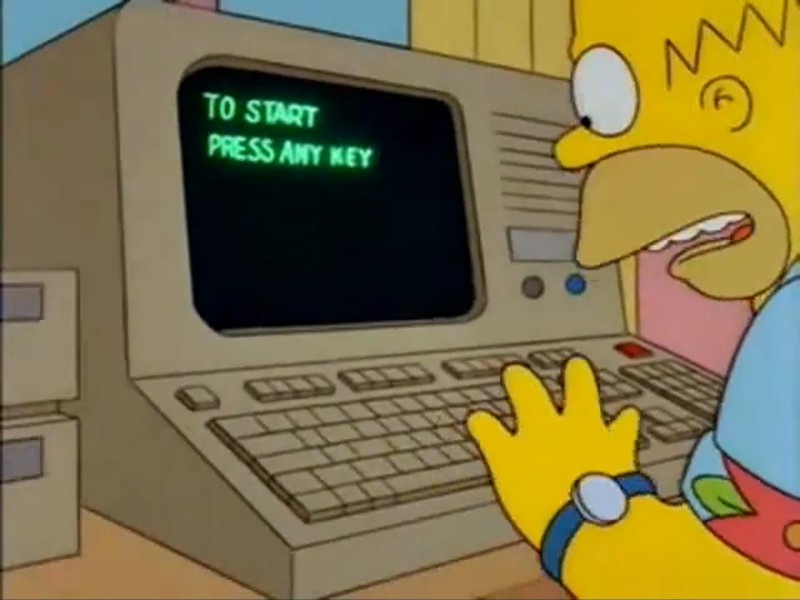
For the past three decades, Graphical User Interfaces (GUIs) have monopolized UI design. Most websites and apps rely on a combination of text, images, buttons, forms and myriad other visual elements to enable user interaction. In some ways this is amazing! GUIs can be customized for individual use cases and with the right amount of thought, they can be made to look truly beautiful. But, as average users are inundated with more apps and websites everyday GUIs are showing signs of aging.
Uniqueness can be used to differentiate products, but when users are inundated with too many marginally different interfaces every single day, the process of interacting with the internet becomes annoying. As Cliff Kuang at FastCo describes it:
There’s an enormous amount of friction associated with learning about a new app, downloading it, signing up for it, and then remembering you even have it.
Take Domino’s as an example. On the Domino’s website, you have to first navigate to the menu. Once there, you’re greeted by an overwhelming list of pizzas. Click on one of the pizzas and you are redirected to that pizza’s information page which consists of a picture and several options, half of which you won’t use. Go to the cart, yet another page. Checkout? Another page. Confirm your order? Yet another webpage. The whole experience is messy.
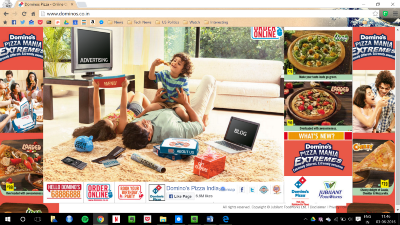
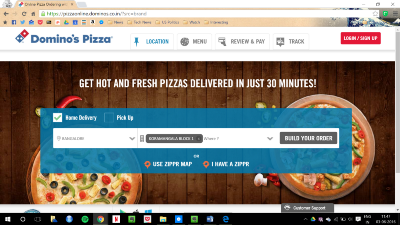
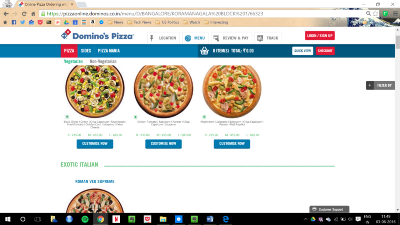
The solution to this problem is chat.
This chatbot for example does a pretty good job replacing the Domino’s ordering process with a scripted bot.
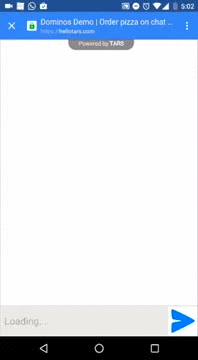
There are no redirects, no loading times and no sudden visual jerks from one information heavy screen to another.
Most importantly, however, the user doesn’t need to learn any thing to use a chat UI. With the growing popularity of messaging apps like WhatsApp and Messenger, the basic template of message bubbles and an input box has become ubiquitous.
The upshot of these benefits is that if businesses use chat as their primary UI, they can reduce the friction between visitors to their website or app and buying their products.
Arnav is the Director of Content Marketing at Tars. He spends most days building bots, writing about conversational design and scrolling through Giphy’s trending section looking for the gifs that go into the Tars Newsletter.
Recommended Reading: Check Out Our Favorite Blog Posts!

How We Created A Newsletter That Helps Us Close $50k Deals From Cold Leads
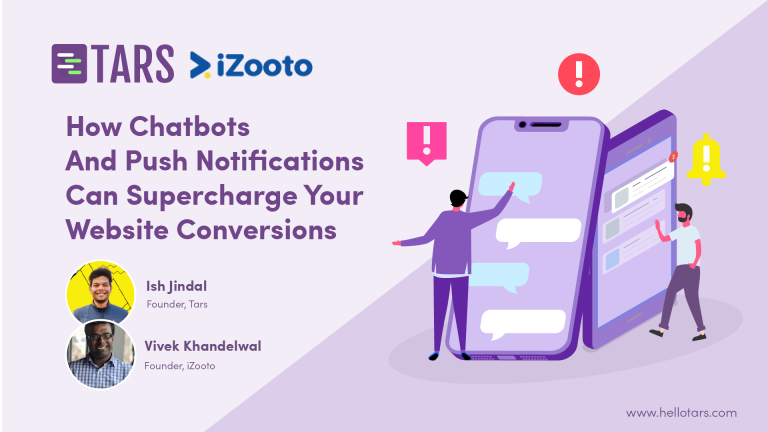
[Webinar] How Chatbots And Push Notifications Can Supercharge Your Website Conversions

Reduce PPC Spend in 2019 While Still Driving Exceptional Results

Our journey in a few numbers
With Tars you can build Conversational AI Agents that truly understand your needs and create intelligent conversations.
years in the conversational AI space
global brands have worked with us
customer conversations automated
countries with deployed AI Agents
